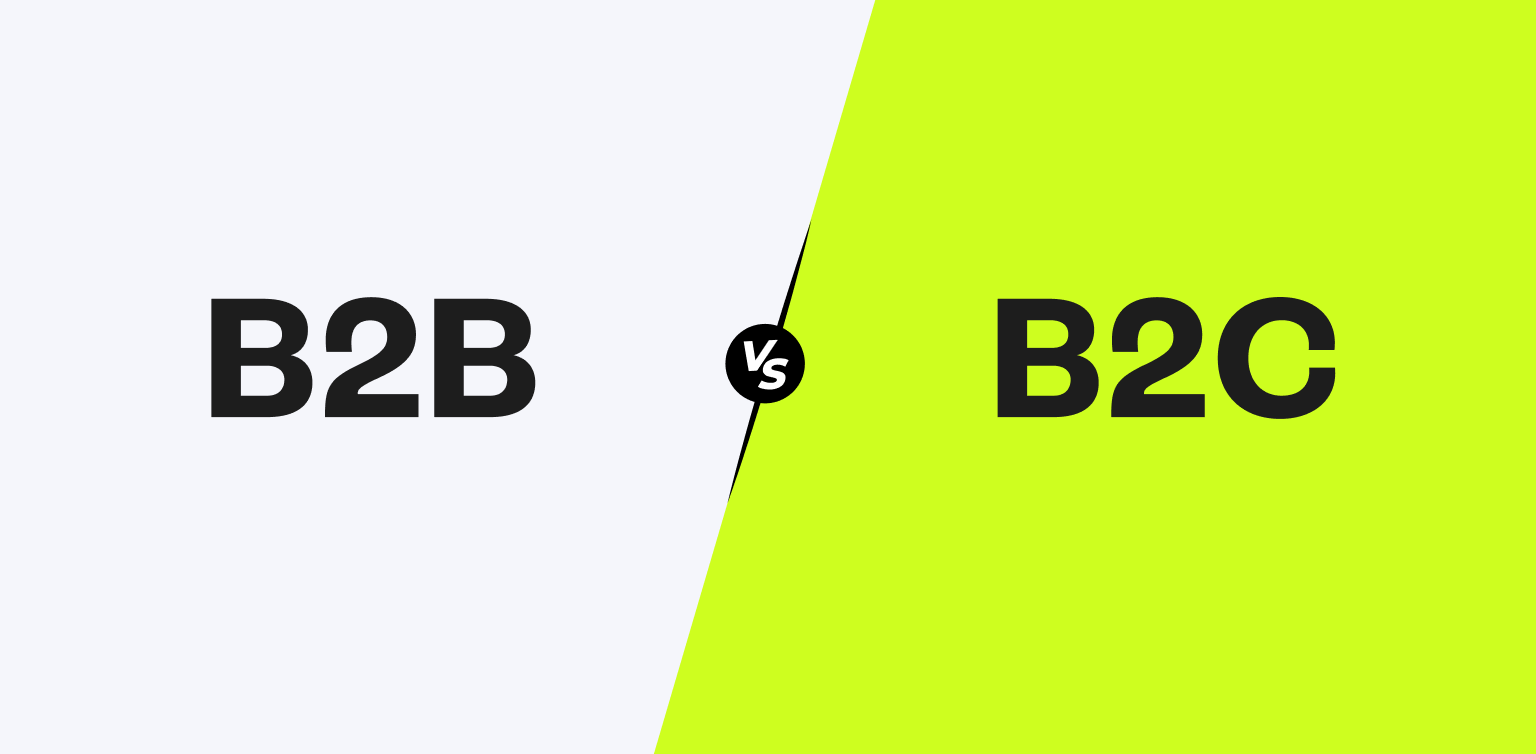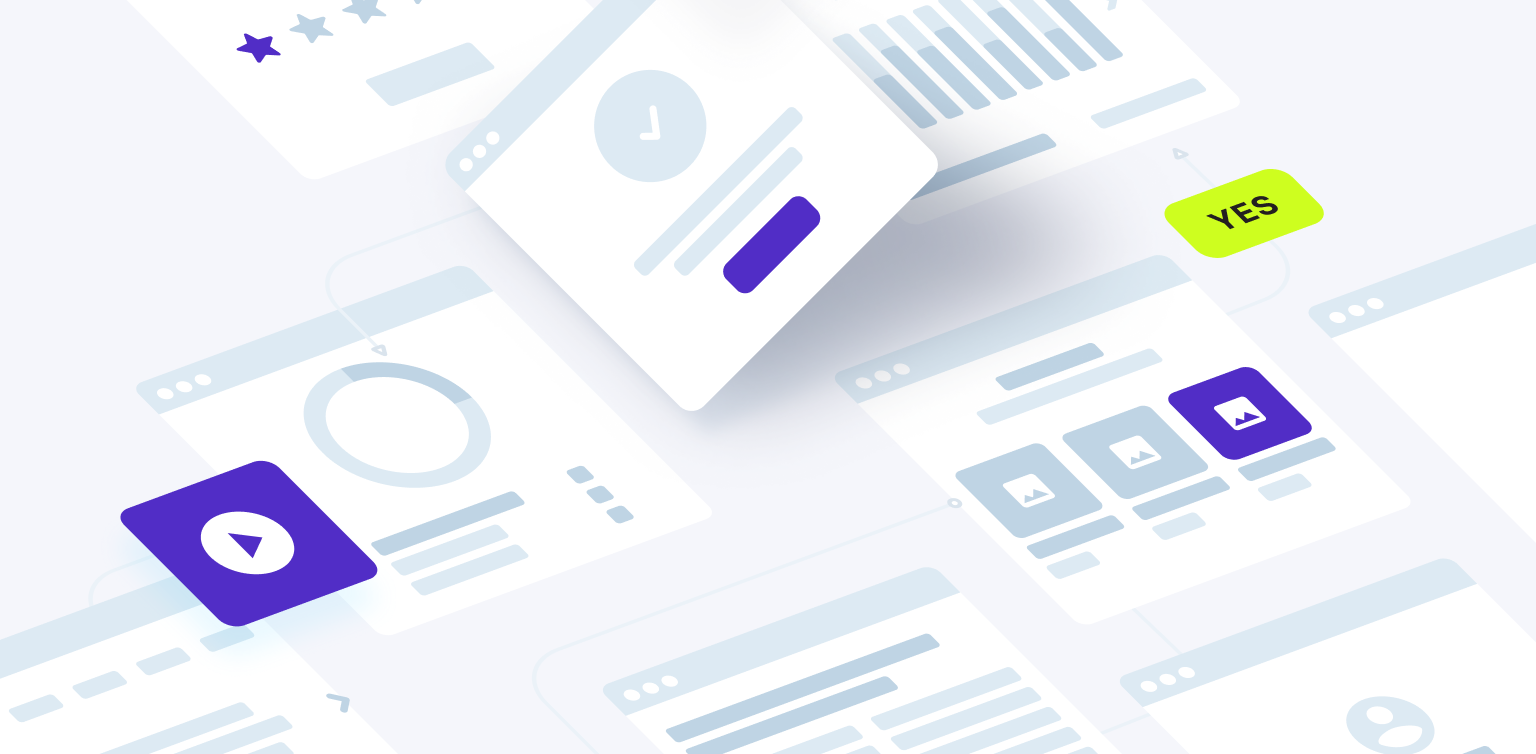B2B vs B2C: Are We Designing For People or Businesses?

So why do some websites feel intuitive and engaging while some are clunky and perplexing? What can make a B2B platform efficient however less visually attractive than a B2C e-commerce website? Might they both reap the benefits of exactly the same UX/UI principles or will they require entirely different approaches?
As businesses expand their digital presence, UX/UI design is increasingly essential for consumer interaction, success and conversions. Yet how can we balance usability and aesthetics when creating for two such distinct audiences - businesses and individual consumers? What exactly are the differences, common errors & what designers have to consider for success?
Is B2B & B2C Users That Different?
It may appear obvious initially : B2C (business-to-consumer) platforms target individuals searching for comfort and entertainment while B2B (business-to-business) platforms target businesses searching for functionality and efficiency. But is this distinction too firm?

B2B users continue to be persons - people who count on user-friendly design, user friendliness and smooth operation. Why then, do so many B2B platforms still seem dated and overly complex? Is it tradition or do businesses require a completely different UX approach?
How Does Decision Making Influence UX?
A crucial difference is how decisions are made. In B2C, customers usually make fast, emotional purchasing decisions driven by visuals, branding and checkout speeds. On the flip side B2B users participate in an extended and more rational decision-making process with several stakeholders.

What UX/UI Mistakes Do Businesses Repeat?
Despite developments in design thinking, many B2B platforms suffer from irksome UX issues. Common mistakes:
- Extremely complex navigation - So why do some B2B websites need a user manual to locate basic info?
- Cluttered interfaces - does adding more buttons and data points enhance usability, and Will it add noise?
- Lack of mobile optimization - If B2C companies put mobile-first design first, why do some B2B businesses still ignore it?
However, B2C platforms sometimes place aesthetics above function. Have you ever use a stunning e-commerce site which was not possible to navigate? How do we balance?

Could B2B Learn from B2C (and Vice Versa)?
What if B2B borrowed B2C simplicity, storytelling and user engagement methods? Could interactive visuals, personalized suggestions and gamification engage B2B products?
Meanwhile, could B2C platforms learn from the structured, information rich nature of B2B interfaces? How you can make consumer platforms much more informative without overwhelming users?
Ultimately UX / UI is all about understanding individuals - whether they're purchasing for themselves or their business. While the B2B and B2C priorities vary, their users all require engagement, efficiency, and clarity.
In conclusion
So, as designers, must we stop thinking in rigid categories and begin imagining universal usability? Is the potential future of UX/UI a hybrid strategy combining best of both? Consider it - should B2B design be as sleek as B2C, and does it need its own strategy?









